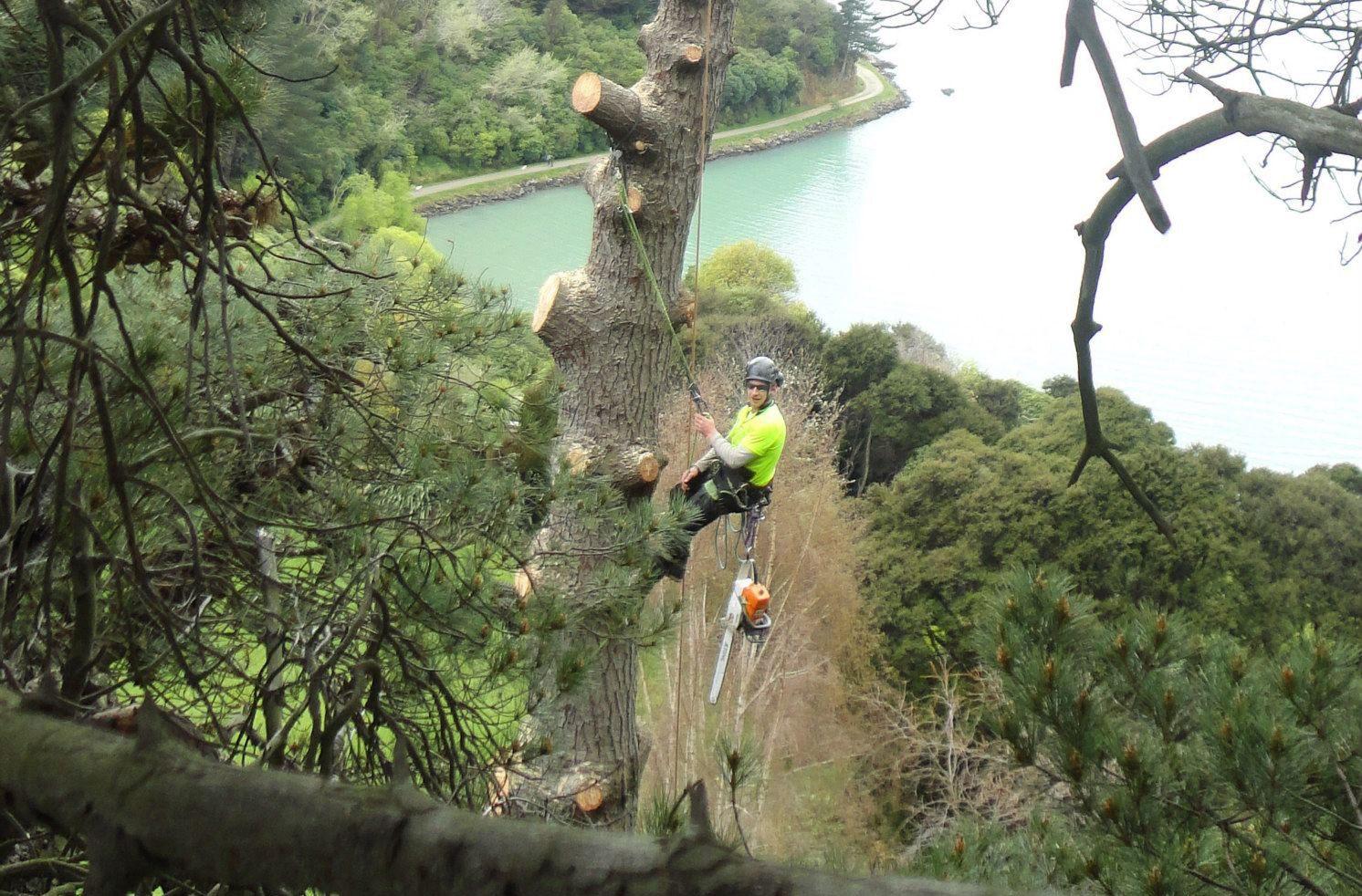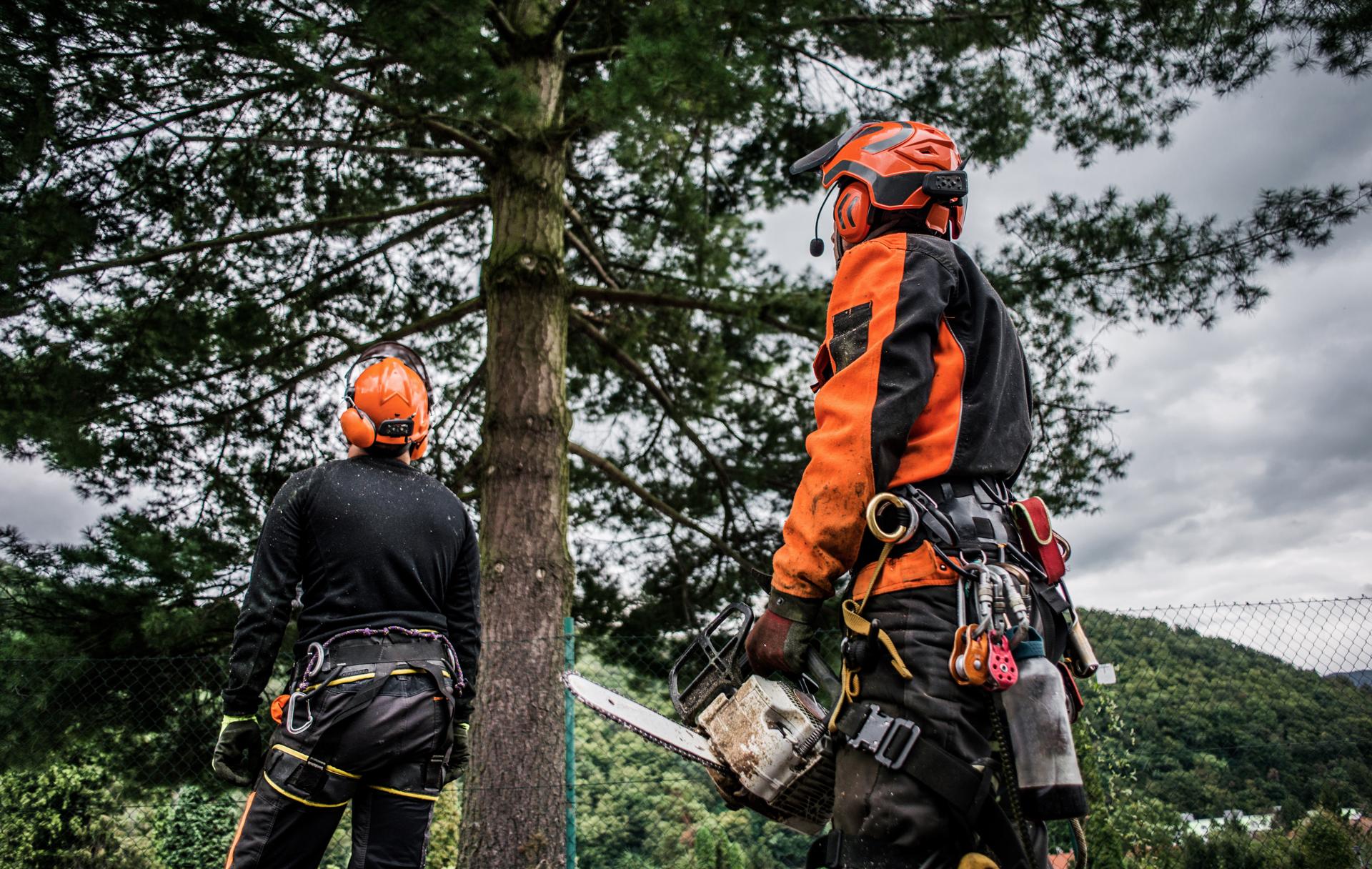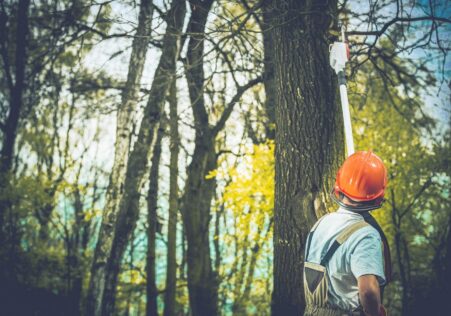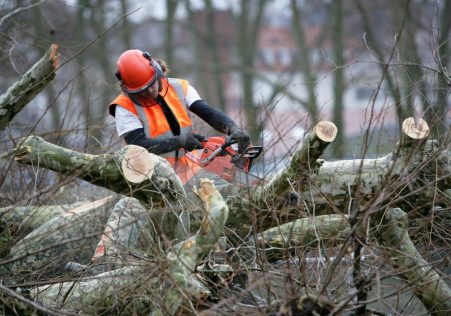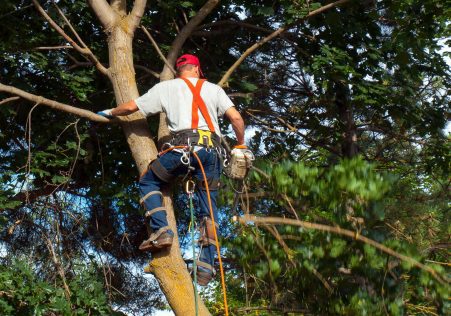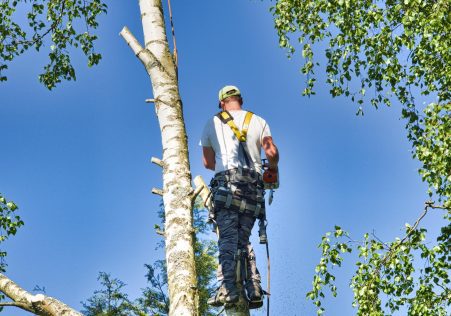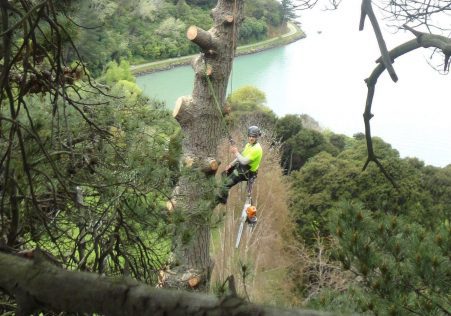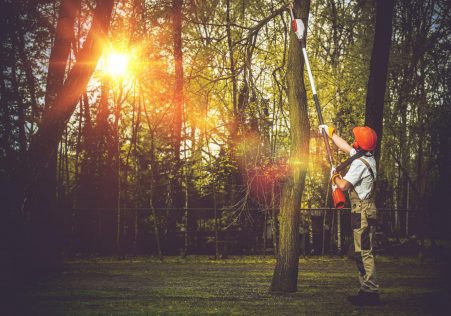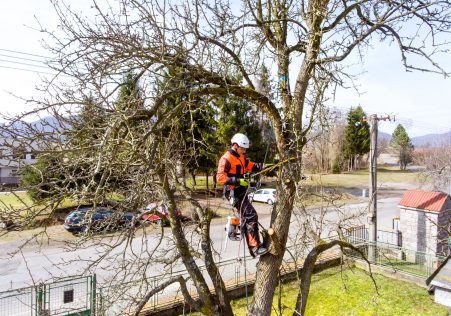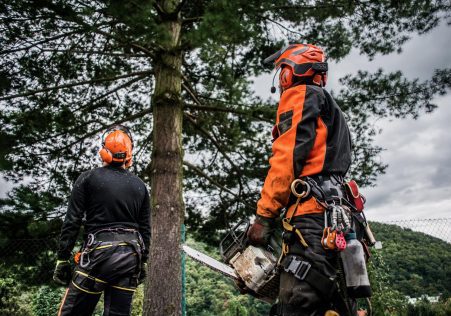Everything You Need to Know About Tree Lopping
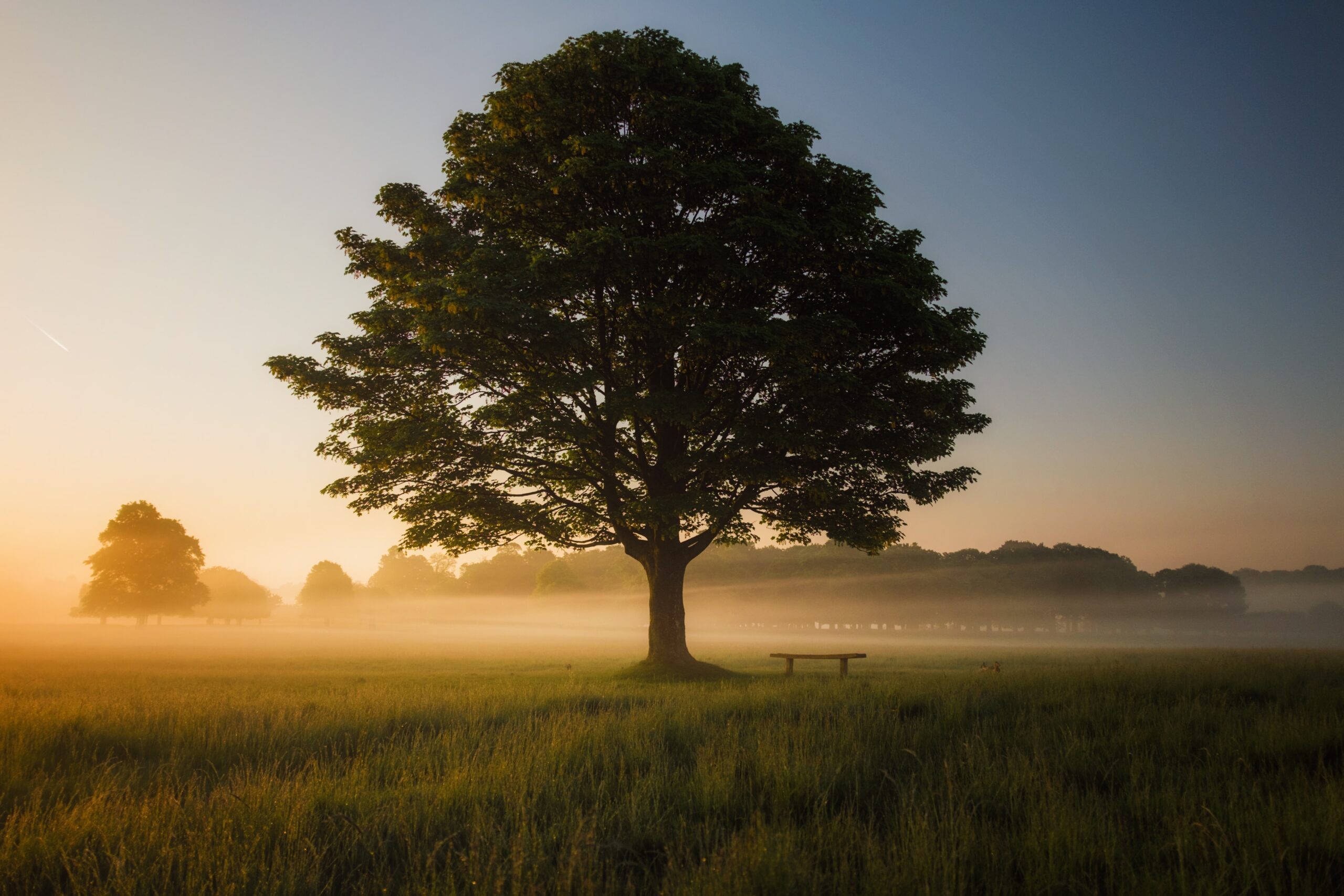
Tree lopping is an essential aspect of tree maintenance and management. It involves the removal of specific branches and stems, as well as the branches of a tree in order to control its growth, shape and size. While it appears to be something that is easy to do however, it requires a significant amount of experience, skill, and knowledge to perform it effectively and safely. If you’re considering cutting trees, it is essential to be aware of what it entails as well as the reasons why it’s needed and the best way you can go about it.
What is Tree Lopping?
Tree lopping is the removal of specific branches, stems, or trunks of a tree in order control the growth, shape, and size. This kind of tree care is done to enhance the overall health, appearance and security. The use of loppers is also to get rid of dead or diseased branches that may cause danger to the people as well as property.
Why is Tree Lopping Important?
There are many reasons why trees should be trimmed, including: Improving the health of trees: Lopping can remove diseased or damaged branches that could cause rot or disease to other parts in the plant. Improved appearance of trees: Lopping can help maintain the dimensions and shape of a tree, enhancing the overall appearance of the tree. Increasing tree safety by removing branches that may be a danger to individuals or property and make the tree more secure. This allows for greater light penetration. Lopping may help improve sun’s intensity reaching through the earth, and can benefit other plants and vegetation.
How can you do Tree Lopping safely and effectively?
The safest way to perform tree lopping efficiently requires a high degree of experience, skill, and knowledge. It is recommended to seek the assistance of a qualified Blacktown Tree Cutting arborist to perform this task. Our arborists are trained, highly skilled, and are equipped with the most recent technology and equipment. They can perform the task efficiently, safely and efficiently, ensuring that your tree is healthy and attractive for years to come.
FAQs
How can you tell the differences between lopping trees and pruning them?
Tree lopping is the removal of large branches and the trunks of a tree and tree pruning refers to pruning smaller trees and branches.
How often should I have my tree trimmed?
The frequency of tree lopping is dependent on a variety of variables, such as the species of tree, the rate of growth, and the purpose of the lopping. A qualified Blacktown Tree Cutting arborist can advise you on the ideal frequency for your specific tree.
Do I have the ability to do tree lopping by myself?
Although it might seem like something that is easy but tree lopping is a dangerous and complex job that requires a significant level of skill and knowledge. It is highly recommended that you hire the help of a skilled Blacktown Tree Cutting arborist to perform this job.
Conclusion
Tree lopping is an important element of tree maintenance and management. It involves removing specific branches or stems or trunks of a tree in order to manage the growth, shape, and size. To make sure that your tree stays beautiful, healthy and secure it is essential to hire the assistance of a skilled Blacktown Tree Cutting arborist. Our arborists are highly trained, highly skilled, and are equipped with the most recent equipment and technology. They are able to do the job safely, effectively and efficiently, making sure that your tree remains well-groomed and beautiful for years to remain. Don’t take any chances with your tree’s safety and health. Call 0480 024 203 today to schedule an appointment for a tree pruning session by one of our knowledgeable arborists. Our team is ready to provide you with the high-quality tree services you require to keep your trees looking their best. Trust Blacktown Tree Cutting to take care of all your tree lopping needs in Blacktown and the surrounding areas.

